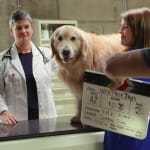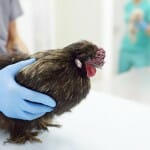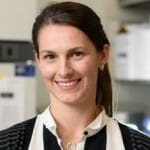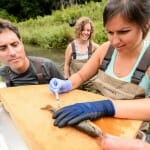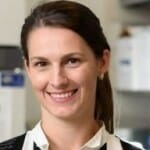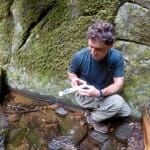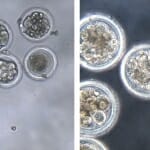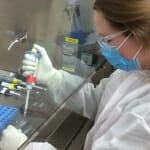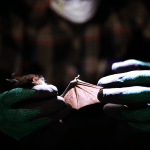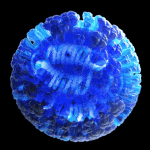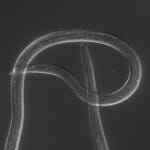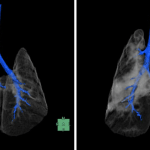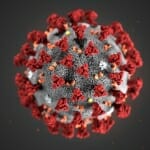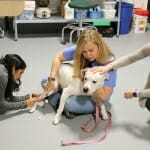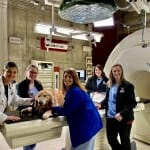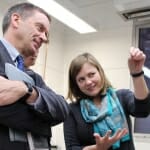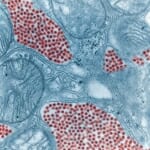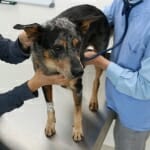Tag Veterinary medicine
Legacy continues for dog whose cancer treatment at UW–Madison inspired millions
Thanks to fundraising inspired by Scout's story, UW has expanded its veterinary oncology practice with a cutting-edge radiation therapy.
Study evaluates accuracy of tests for Bartonella infection in dogs
The results could help improve diagnostic techniques applicable to both companion animals and people, addressing “a big open question in veterinary medicine.”
Study finds evidence of Bartonella infection in schizophrenia patients
The research led by Erin Lashnits was, by design, not able to demonstrate a causal link between Bartonella infection and schizophrenia, but a larger study is planned to see whether the preliminary results are borne out.
Two different equine diseases detected in Wisconsin in recent weeks
Following news in early August that 2019’s first case of Eastern equine encephalitis was detected in Wisconsin, another horse in Wisconsin was diagnosed with a separate disease called equine infectious anemia.

